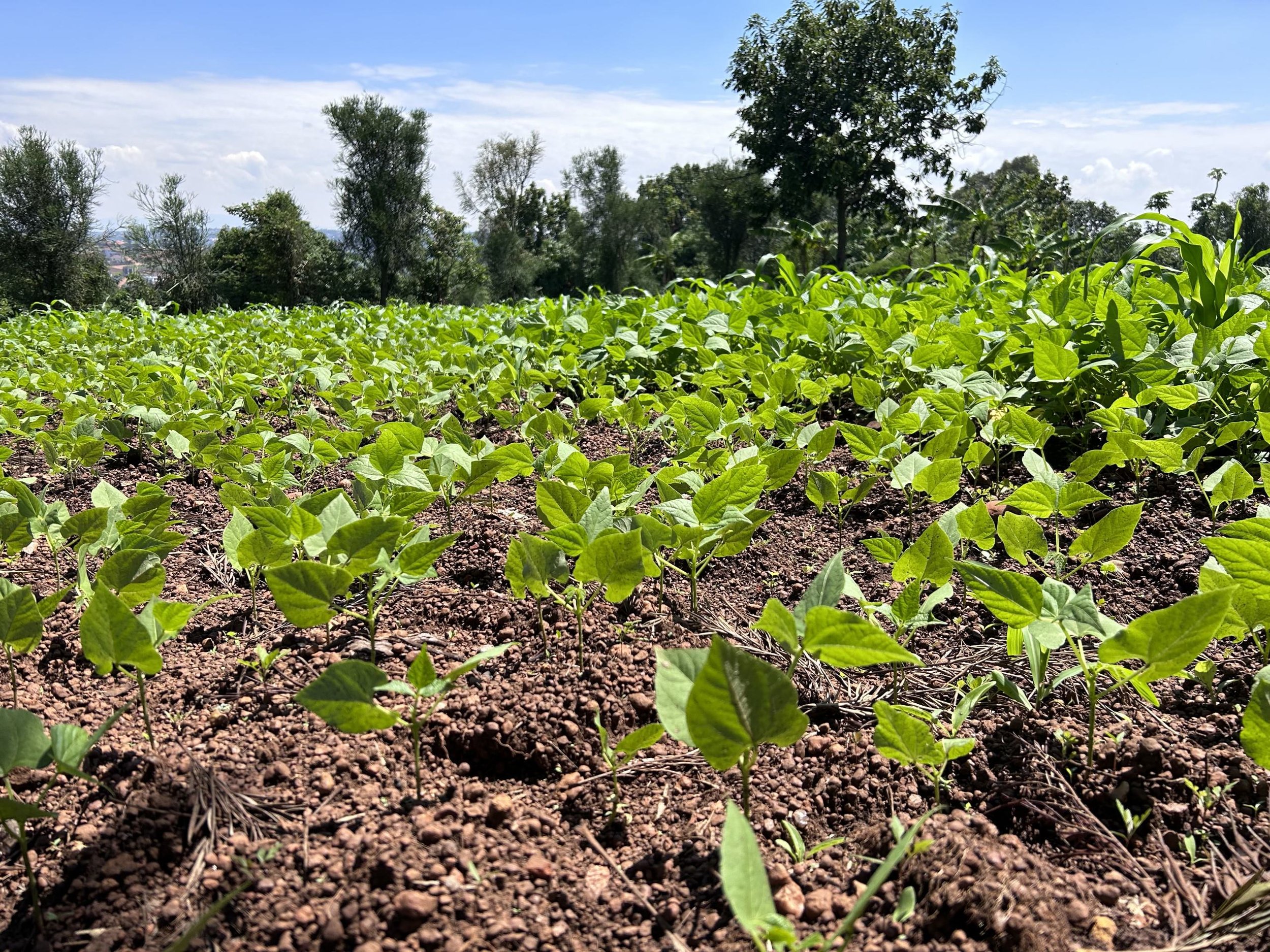
Five bold ideas to finance sustainable food systems
12 May 2025 by Oshani Perera and Carin Smaller, Co-Founders of the Shamba Centre
Aid budgets are shrinking. Across Europe, official donor assistance (ODA) is being reduced while the United States has dismantled USAID—an act with far-reaching consequences for humanitarian relief and health programmes worldwide. But while donor dollars dwindle, the needs continue to climb. Achieving Sustainable Development Goal 2—Zero Hunger—by 2030 is becoming increasingly expensive as the deadline approaches. Development agencies now face a difficult challenge: delivering more impact with fewer resources.
At the Shamba Centre, we help donors confront this challenge. Through research and economic modelling, we identify how donor money can stretch further. We aim to make ODA more catalytic by mobilising private investment to end hunger, tackle malnutrition, and build climate-resilient food systems. With this objective, we are championing five innovative ideas to finance our transition towards sustainable agrifood systems.
What does it cost to transform food systems?
As part of the Zero Hunger Coalition, the Shamba Centre is working with countries to develop and implement national roadmaps to double income of farmers, end hunger through healthy diets within the climate emissions targets of the Paris Accord. These roadmaps are evidence-based, backed by economic modelling, and grounded in national priorities.
In the countries where these roadmaps have been completed, the estimated additional public investment needed is staggering - ranging from US$ 500 million to US$ 5 billion per year. Yet, many of these low- and middle-income countries do not have ability to generate these resources at the national level alone. Additional external financing, from aid, concessional loans and private investment, will be needed.
Stretching donor dollars further
Despite budget cuts, development agencies can still deliver more impact. This can be achieved with smarter spending: integrating multiple objectives into projects and using public funds to crowd in private capital.
Research from Hesat2030 reveals that most agriculture projects are not addressing multiple outcomes. For example, 80% of agriculture projects in the OECD DAC database (60% of projects screened) do not include any nutrition objectives. Similarly, 80% of the projects screened had no climate mitigation objective, and over 60% did not have climate adaptation objectives. This is a missed opportunity.
Examples indicate how this can be achieved. In Ethiopia, the implementation of an intensive sustainable livestock intervention can realise both nutrition and climate resilience outcomes. Including a nutrition education component into sustainable aquaculture programmes can help shift dietary diversity alongside production gains.
Yet even with smarter use of public financing, reaching goals to end hunger and transition to sustainable agrifood sytems will require an injection of private capital.
Can ODA mobilise private finance?
A joint report by the Global Donor Platform for Rural Development (GDPR) and the Shamba Centre finds that every US$ 1 of donor finance has the potential to mobilise US$ 4 in commercial finance. However, this is not currently happening at scale: only 2% of ODA in agriculture is directed towards blended finance. Yet despite this limited spending, blended finance has managed to leverage over $1 billion annually in public and private investment.
It should be noted, however, that less than half of mobilised commercial finance comes from private investors. Why? Because DFIs are asking for commercial returns, thus crowding out the private capital they should attract. Meanwhile, small businesses face cash flow problems as they transition to sustainable practices. The preliminary years of transition are expensive, with limited revenue. Farmers and entrepreneurs need low-cost, patient capital that gives them time to adjust and repay debt once income is generated.
ODA has the potential to unlock much larger pools of commercial finance. However, doing so requires innovative financial mechanisms.
Five big ideas to make ODA catalytic
The Shamba Centre is proposing five ideas to mobilise private capital through ODA:
Paying for outcomes. Instead of funding for deliverables, this model ties funding to verified outcomes—improved nutrition, healthy soil health, or greater biodiversity. Through Shamba Ventures, our new initiative with Quantified Ventures, we fund producers up front to deliver these outcomes. Once these outcomes are achieved and verified, they are sold to buyers who value the environmental and social benefits. With this approach, we want to create a new market for externalities—like clean water or improved ecosystems—that are not currently priced into conventional markets.
Building a pipeline of investment-ready projects. Many high-potential ideas never become investable because they fail to attract early-stage funding and technical support. A Project Preparation Facility can help turn concepts into viable, finance-ready proposals. By funding feasibility studies, due diligence, and regulatory reviews, it helps governments and agencies turn promising ideas into bankable projects that are ready for private finance and roll-out.
Securing the financial viability of high-impact projects. Some high-impact projects fall short of financial viability. A Viability Gap Fund can close the financial gap by covering up to 20% of project costs and making a project financially viable. It supports projects with high economic, social and environmental value, but private financing is insufficient to cover the full cost.
Making local currency guarantees. Currency risk is a major obstacle for agricultural investment in developing countries. With most loans denominated in foreign currency, borrowers are exposed to volatile exchange rates. As a result, finance is available for cash crops targeting the export market rather than crops to feed the local market. Local currency guarantees help stabilise financing and make projects more viable for domestic markets.
Anchoring investments with sovereign wealth funds. Sovereign wealth funds can act as anchor investors by de-risking projects and attracting additional funding. When governments invest their own capital, they send a powerful signal of commitment that encourages other investors to follow. Given the priority given to long-term returns, these funds can serve as an important partner for donors and DFIs.
These ideas were recently shared at a meeting between the Shamba Centre and the GIZ, organised by the Global Programme Knowledge for Nutrition (K4N) and the Sector Project Agriculture.

